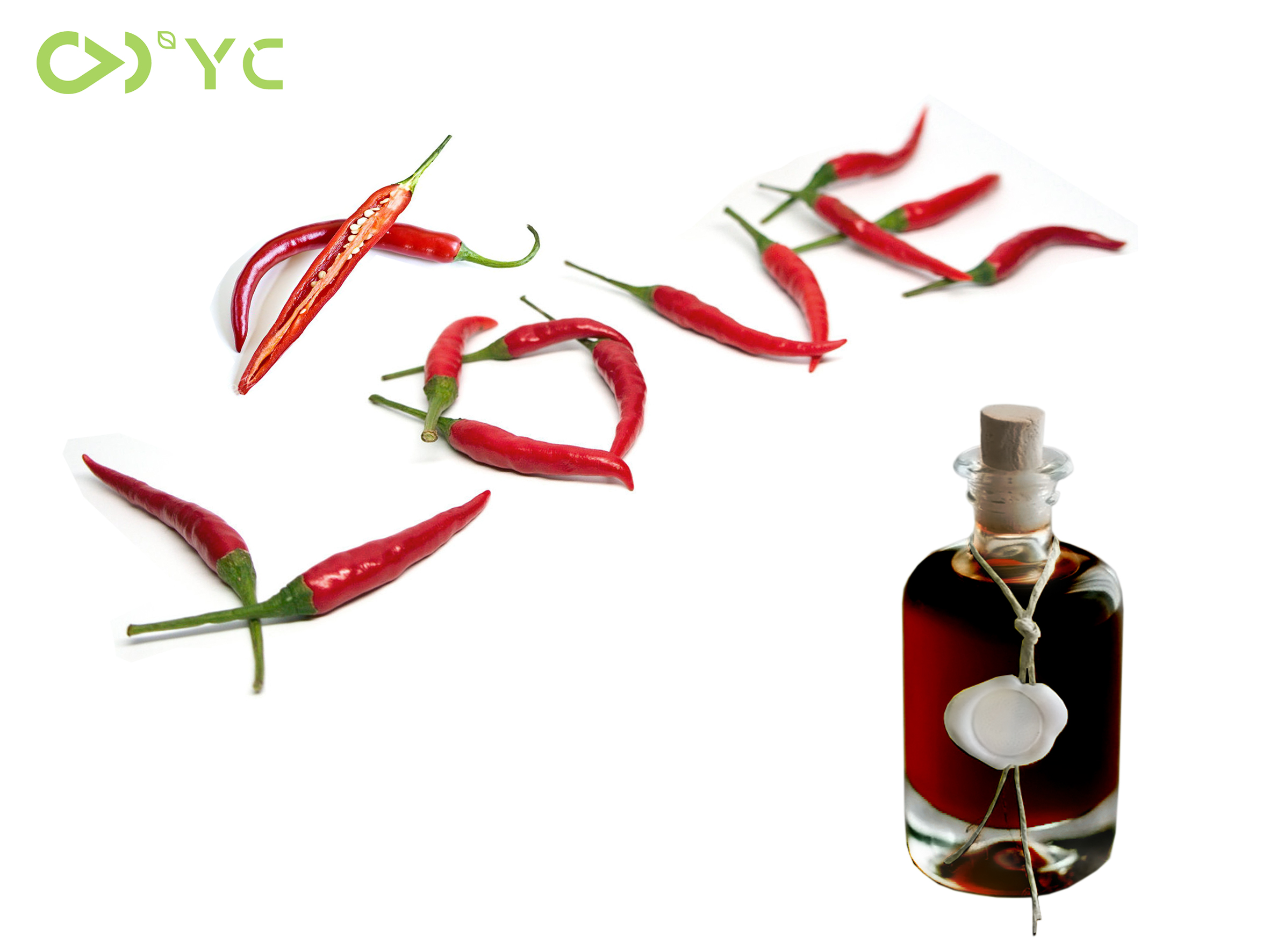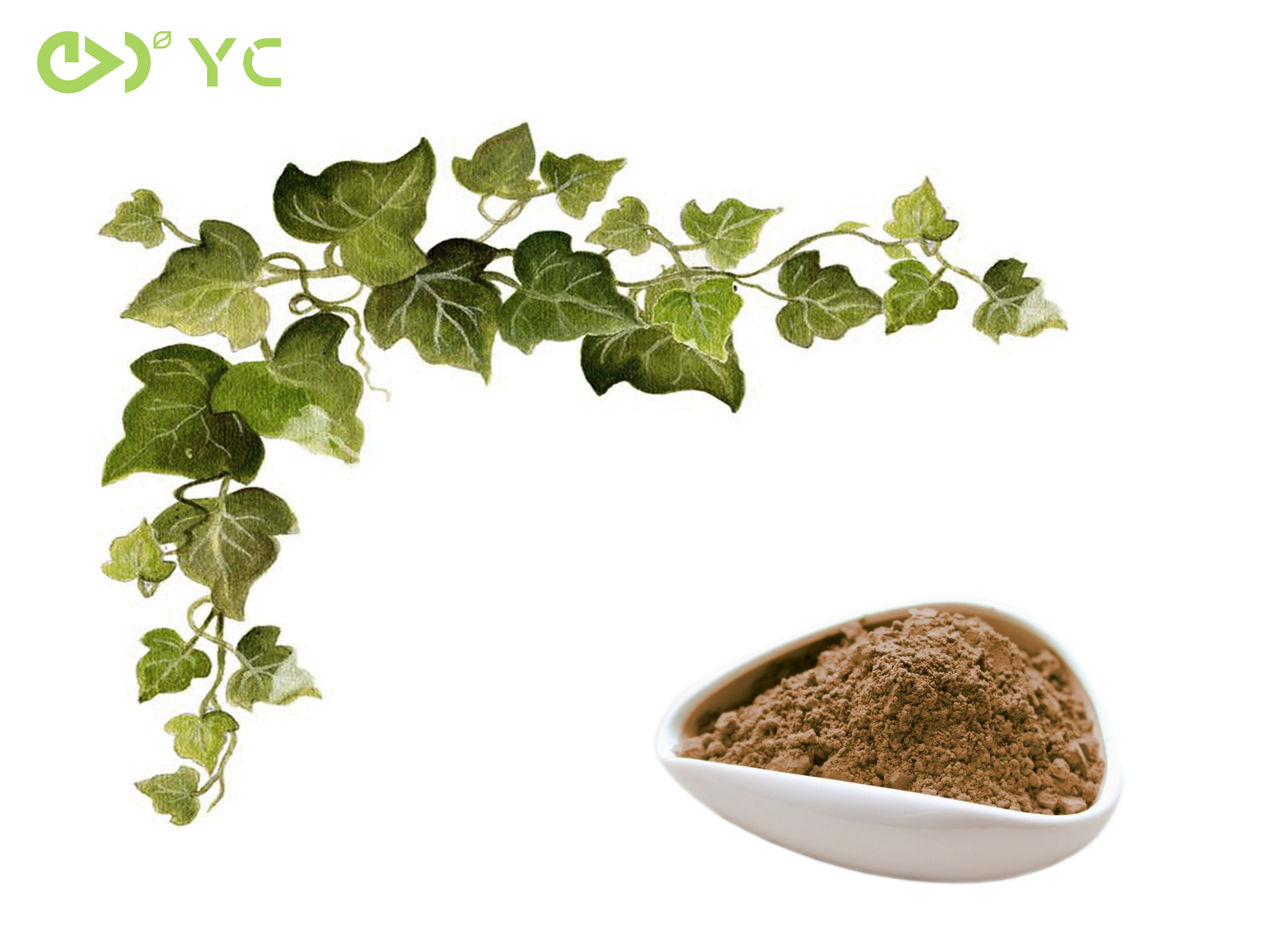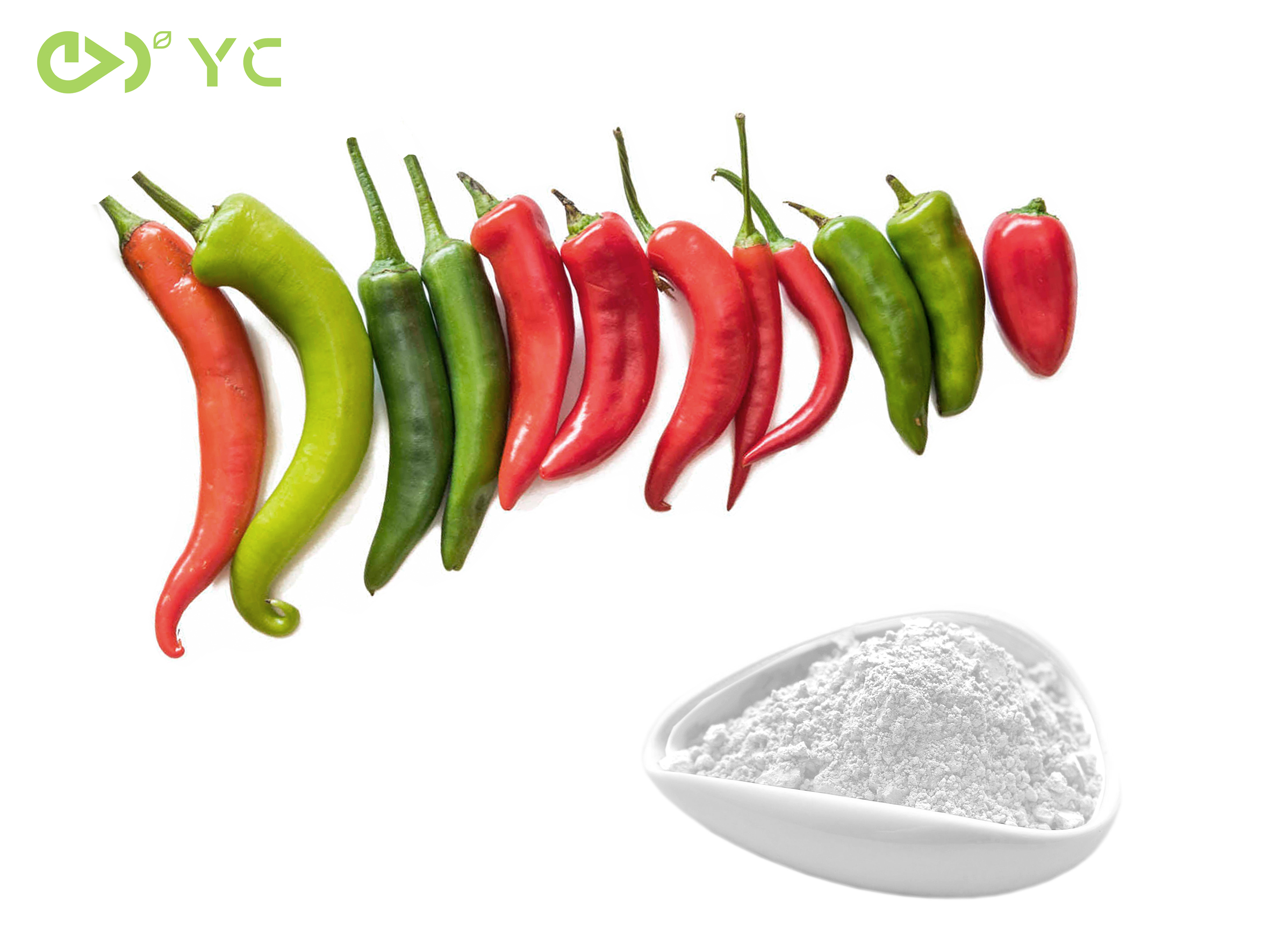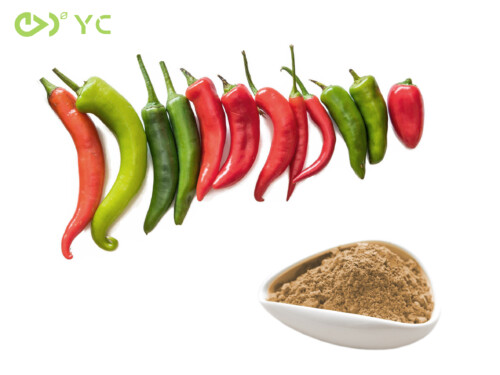Devil’s claw extract is a premium harpagophytum ingredient standardized to 3%, 5% harpagoside. Devil’s claw tuberous roots are used in folk medicine to reduce pain. Today devil’s claw extract is used widely to fight inflammation or relieve equine osteoarthritis and laminitis, whilst human trials have seen a reduction in pain, and improved function in people suffering with osteoarthritis and back and neck pain.
- Veterinary drugs for horse, dog
- Dietary supplement







